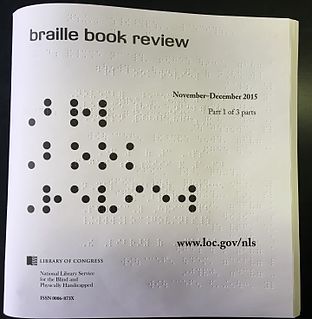
This is an excerpt from an ALA article
“From virtual reality to gamification to security techniques, libraries are using the latest technology to engage patrons, increase privacy, and help staffers do their jobs.
American Libraries spoke to library tech leaders—members of the Library and Information Technology Association’s popular Top Tech Trends panel from the 2017 Midwinter Meeting & Exhibits—to get the apps, devices, software, and best practices that you can adopt for your library right now and in the near future.
1. Take patrons on a virtual tour
Create a virtual tour of your library using a 360-degree camera and post it to your website or social media, says Cynthia Hart, emerging technologies librarian at Virginia Beach (Va.) Public Library (VBPL). Virtual tours can be helpful for both information and accessibility.
“One of our branches is 125,000 square feet. The A’s for adult fiction are all the way at the end of the building. Can you imagine if you were a person with disabilities or if you were an older person or had low mobility?” Hart says. “If you didn’t know that when you went into a library, wouldn’t it be helpful to have that virtual tour of the building? Then you could call and say, ‘Hey, can you pull that book from the shelf?’” Virtual visit statistics can also be used as a gate count metric. Continue reading Top Library Tech Trends




